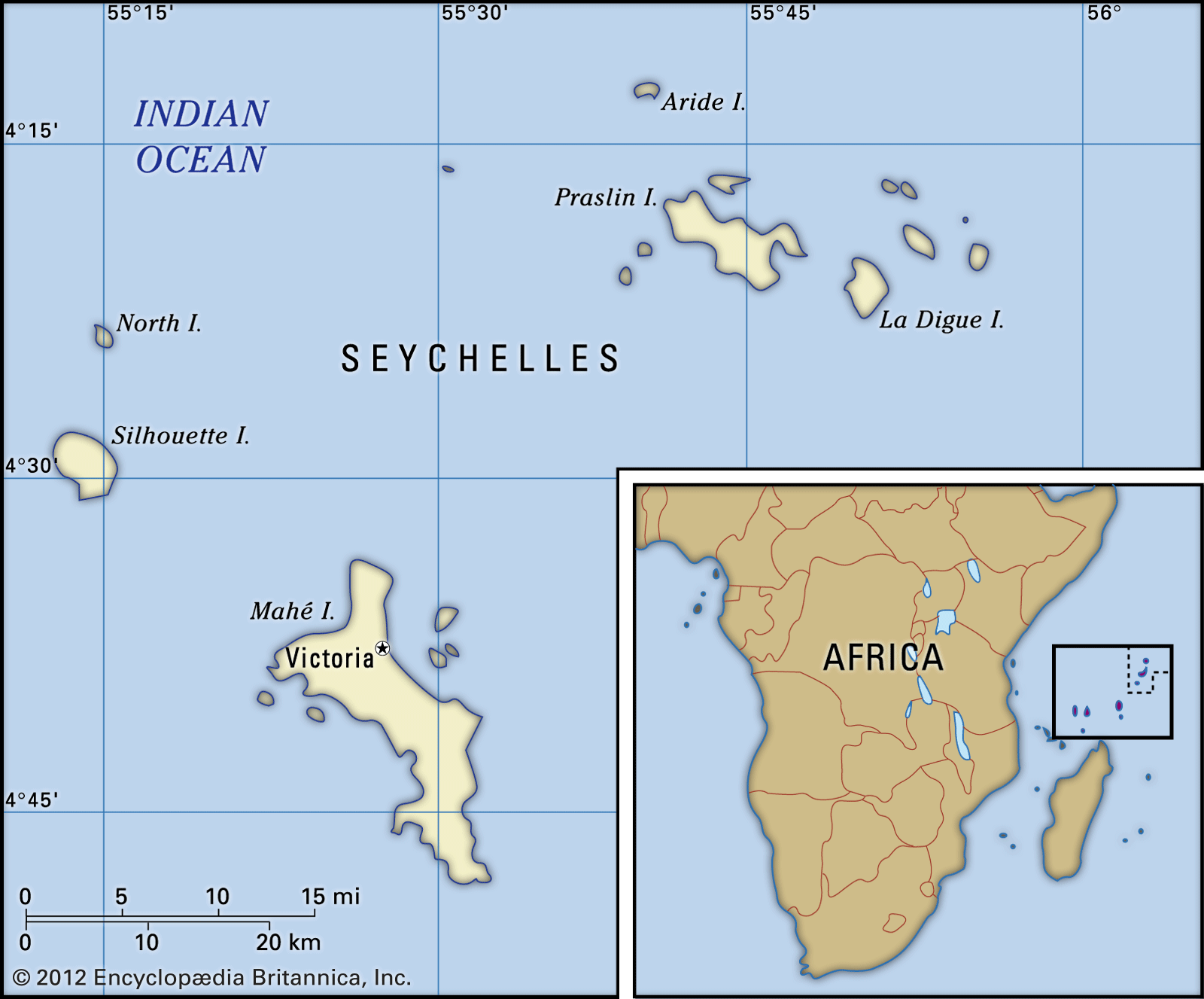


The Seychelles joined the OIE in May 2010. The Republic of Seychelles is a remote, small island-state with middle income country characteristics.
The population is estimated at 84.845 persons as at 31st December 2010 (88% on Mahé, 7% on Praslin, 3% on La Digue). This represents a decrease of 2,277 persons between January and December 2010 or an annual growth rate of ‐2.7% over 2009. The country has approximatively 21.000 houses.
Seychelles
As with other island states, the size of the economy is small (US$833 million GDP in 2008) and is predominantly service-based and highly vulnerable to global shocks and climate change due to its isolation and small size. The limited land space, capital, and human resources restrict Seychelles‟ ability to benefit from economies of scale in production and economic diversification. Seychelles relies on imports for almost all raw materials, products, and specialized services. Fisheries and its processing are important activities, both for industrial and artisanal ends.
Seychelles is classified by the World Bank as an upper-middle income country with the
highest estimated per capita income in Africa of about US$6,780.
The Republic of Seychelles consists of over 116 islands scattered over an exclusive
economic zone of 1 million km² in the middle of the Western Indian Ocean, north-east of
Madagascar, with a land mass of 455 km². The Seychelles archipelago is divided into two
distinct collections: the Mahé group, 43 islands in all, granitic with high hills and mountains and the outlying islands (coralline group) numbering 73 or more for most part only a little above sea-level. Habitation is limited to 10 of the islands and around 90% of the population of Seychelles live on the largest island, Mahé (60% urbanized), where the capital, Victoria, and the main fishing port are located.
Mahé is the most important island. It is 27 kms long and 11 kms wide, rising abruptly from the sea to a maximum altitude of 905 metres in the mountain of Morne Seychellois. Two other islands of major importance as regards to size and population are Praslin, 33.6 km from Mahé and La Digue, 48 kms away.
The Republic of Seychelles is divided into 23 administrative districts. The legal system is
based on English common law, French civil law, and customary law.
A lengthy struggle between France and Great Britain for the islands ended in 1814, when
they were ceded to the latter. Independence came in 1976. Socialist rule was brought to a
close with a new constitution and free elections in 1993. President France-Albert Rene, who had served since 1977, was re-elected in 2001, but stepped down in 2004. Vice-President James Michel took over the presidency and in July 2006 and then May 2011 was elected and re-elected to a new five-year term.
Source : PVS Evaluation Report (2011)


